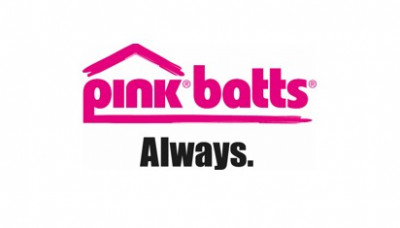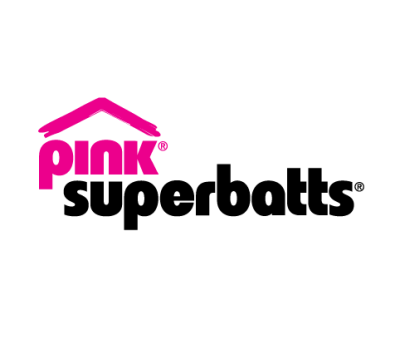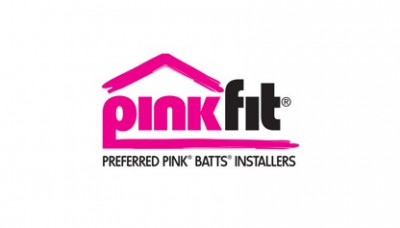
Hit enter to search or ESC to close
Ingredients, Manufacturing & Safety
Is Pink® Batts® insulation safe?
Confusion between Pink® Batts glass wool, fibre glass and asbestos often leads to this question. They are all very different when it comes to human safety. New Zealand made Pink® Batts® glass wool insulation is made from over 80% recycled glass, which is formed into a bio-soluble glass wool. This type of glass wool does not cause cancer and passes through the body if fibres are accidently inhaled. Extensive independent cancer research shows glass wool insulation is also in the same category as tea and coffee.*
*Man-made Vitreous Fibres, IARC Monographs on the Evaluation of Carcinogenic Risks to Humans, Volume 81.
Let’s talk ingredients
Meet Michael,
Environmental and Chemical Technologist, musician and lover of Celtic rock music.
“In my 9 years working at Pink® Batts®, people have often asked me if I worry about the phenol-formaldehyde in the binder we use in our products. They’re always surprised when I tell them there’s less of it in a room installed with Pink® Batts® than there is in a cup of coffee – and they don’t avoid drinking that!”
How do we make Pink® Batts® insulation
Pink® Batts® insulation is made from glass wool; a thermal and acoustic insulation used around the world in homes, buildings, hospitals, vehicles and white goods.
1. How glass wool is made
- New Zealand made Pink® Batts® glass wool insulation is made from over 80% recycled glass along with ingredients - sand, soda ash, borax and limestone. These raw materials are weighed and mixed to the required formula.
- The other important component is resin, which is used to bind the glass wool together.
2. Melting the mixture
- Mix enters melter
- The material is melted at temperatures around 1400°C, becoming liquid at 1200°C. The liquid material is then put into spinners, which are a type of cylinder with thousands of small holes drilled in them. The process is similar to the way candy floss is made.
3.Forming glass fibres
-
The glass fibres are sucked into a forming hood and fall onto a conveyor, forming a continuous mass of glass wool. Next the resin is cured by heating the product to around 270°C. Once cured, the resin holds the product together.
- The product comes out of the oven in continuous form and is cut to the required length.
4. Packaging it up
- Once the Pink® Batts® product has been cut, it is ready for packaging.
- Each bale is weighed to ensure it meets our strict quality standards. During this stage the product is stacked, compressed and pushed into bags. Each bag is sealed, further compressed and pushed into a sleeve, forming a unitised pack.
- The packs are then transported to the distribution centre and dispatched to the merchant stores.
- Because glass wool bounces back into shape well, it can be compressed to a fraction of its nominal height. Several pieces of insulation can be tightly packed together in a bale which enables cost effective storage and transportation.
Let’s talk itch
Meet Hamish,
PinkFit® licence owner, and self-proclaimed expert in Asian fusion cooking (crispy pork a specialty).
“That must be an itchy occupation – I can’t tell you how many times I’ve heard that in my 13 years working with Pink® Batts®! Sure the fibres and dust can be uncomfortable and irritating, but if you cover your arms and legs and, depending on the job, wear a dust mask and safety glasses, it’s all good.”
Let’s talk fibres and dust
Meet Patrick,
Production Operator, rugby lover and passionate Counties supporter.
“Pink® Batts® fibres can get into your lungs, right? Sure it’s possible, but it’s very, very unlikely. And even if a few do, they’re not dangerous to humans because they’re biosoluble – which means they dissolve in your bodily fluids. I certainly wouldn’t have spent the last 41 years at Pink® Batts® if I thought I was putting myself or my family at risk in any way!”



